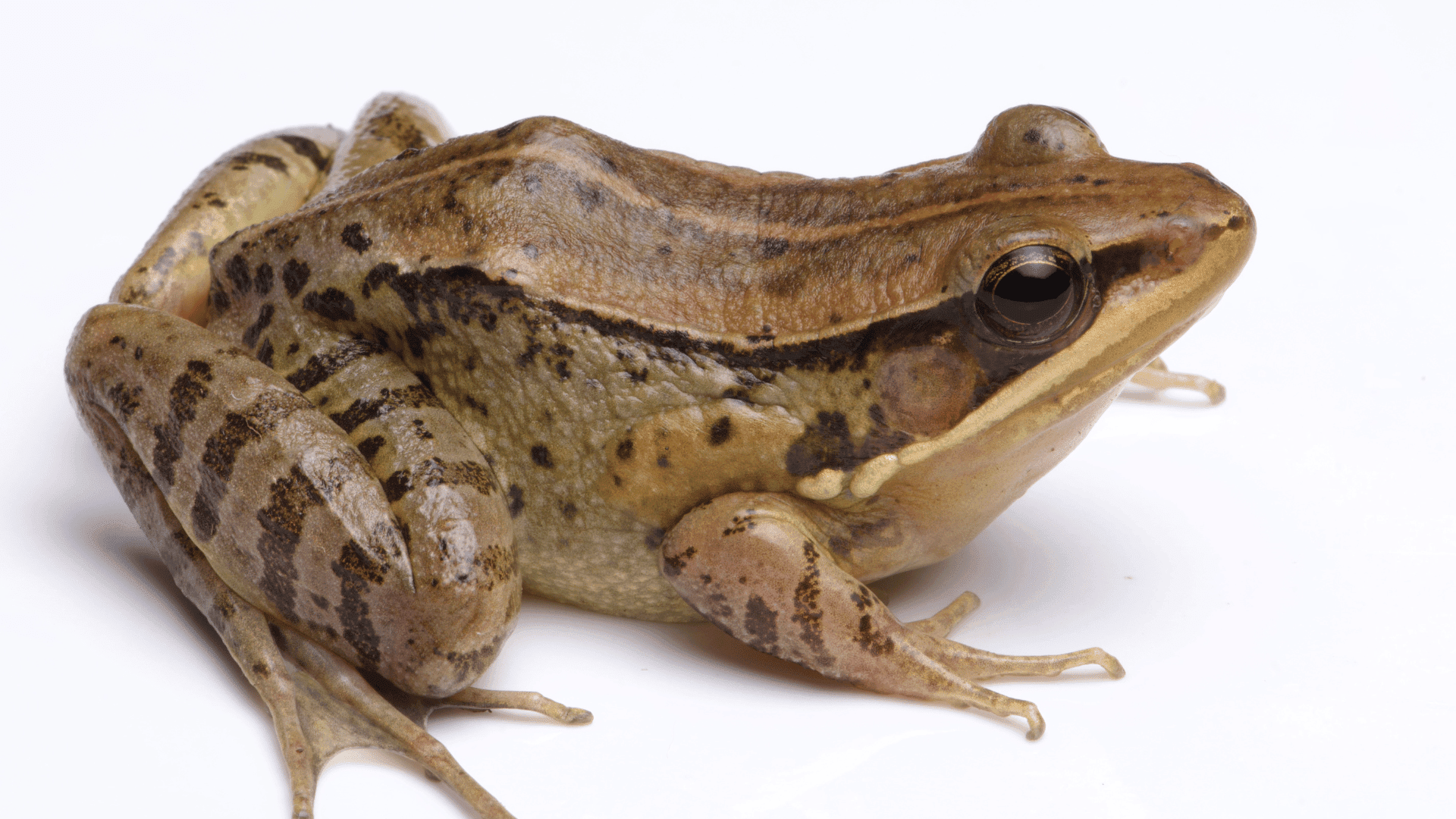A new species of music frog that quacks like a duck has been discovered in northeastern India.
The research was funded by a National Geographic Explorer Grant and was a collaboration between Indian biologists and researchers from the University of Wolverhampton. This marks the third consecutive discovery of new amphibian species in the Namdapha-Kamlang region this year.

The exploration, which took place within the dense landscapes of Arunachal Pradesh, was led by biologists stationed at the Wildlife Institute of India, Dehradun, and academic researchers from the School of Life Sciences at the University of Wolverhampton working in tandem with the state’s forest department.
The newly discovered species has been named the Noa-Dihing music frog (Nidirana noadihing) after being discovered near the Noa-Dihing River. The research and discovery emphasize the importance of maintaining the delicate balance of ecological diversity in protected regions.
“This newly discovered frog grows up to six centimeters and is characterized by a pale cream-colored line on the mid-body, and with a unique call pattern consisting of two-three notes,” said Dr. Deepak Veerappan, a herpetologist and postdoctoral research associate in Origins of Western Melanesian Diversity at the University of Wolverhampton.
The team of researchers conducted field surveys during August and September 2022 in the Changlang and Lohit districts of Arunachal Pradesh. Nocturnal surveys, which involved visual encounters and acoustic observations of anurans, were conducted between 6 PM and midnight to locate the frogs.
“Initially we first heard the call from a marsh near the Noa-Dihing river, which is quite similar to wild duck species, like ‘quack… quack… quack,’ which we never heard before,” Dr. Veerappan added.
The marshy area where the frogs were discovered was dominated by a specific species of grass called Rotala. This was ideal for male frogs to create circular pits, their version of private pools, from which to call out to and attract female frogs.
“The addition of three new species of amphibians within one year underscores the biological richness of the region and flags the need for further exploration in the hyper-diverse Namdapha-Kamlang landscape,” said Dr Veerappan.
As the discovery was near the Namdapha Tiger Reserve, one of Northeast India’s largest protected areas, this may suggest that more populations of the Noa-Dihing music frog may be uncovered through additional research. Further study may also allow scientists to gain a better understanding of the breeding, egg-laying, and parental care habits of the Noa-Dihing music frog.







